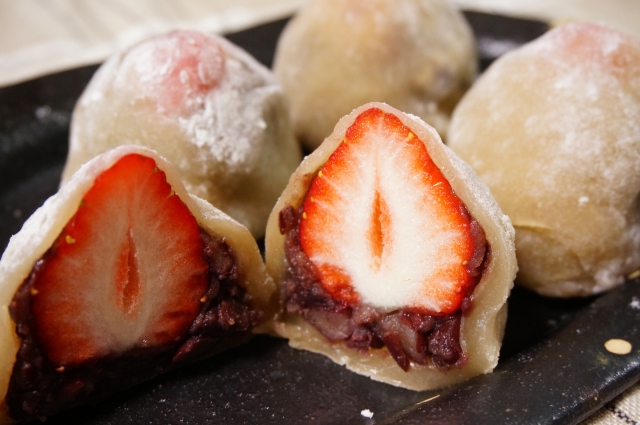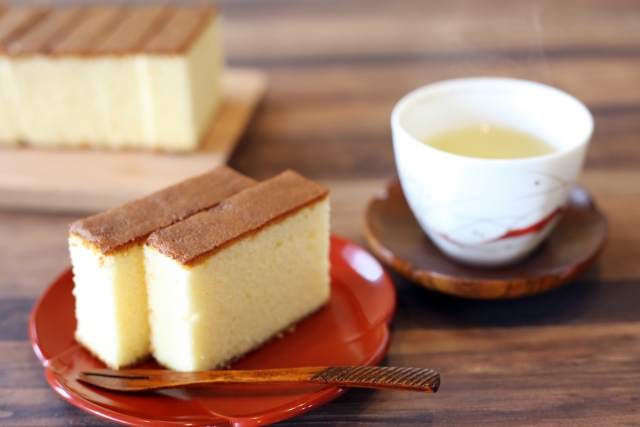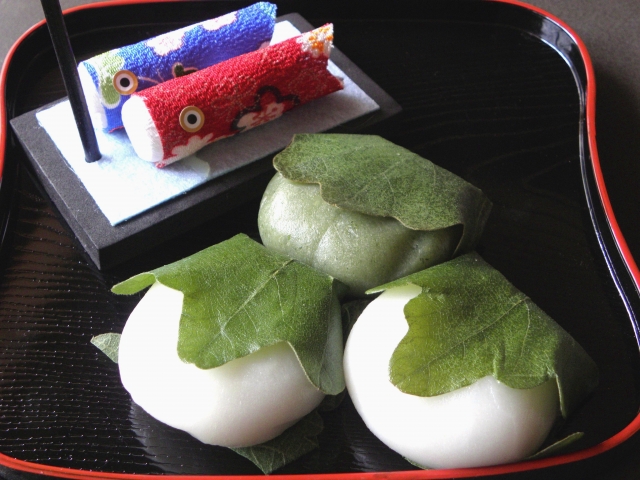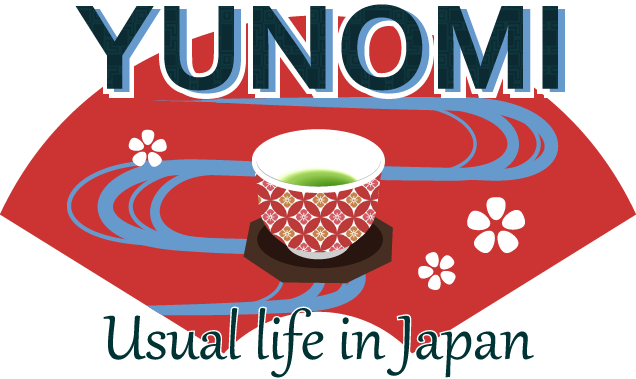Do you have anything comes into your mind as for Japanese confectionery?
They are made to match with Japanese green tea or Matcha (thick green tea).
What is ”Wagashi”?
Traditional Japanese confectionery is called ‘Wagashi' which means 'Japanese sweets'.
Although there are attempts by Wagashi pâtissiers to use Western techniques to create new types of Wagashi, using eggs and cream etc., Wagashi is traditionally made only from plant ingredients: Azuki red beans which make Anko bean paste, sugar and Kanten agar - no egg nor milk, even wheat flour is not a must.
Wagashi different for each season
The design of Wagashi has a lot to do with the images of Japanese four seasons; they shall be the reflexion of nature.
Each season has the specific Wagashi to represents itself.
Spring Wagashi

Sakura-moti
Wagashi for spring time, for example, would represent cherry blossom, Japanese nightingale and greens.
Summer Wagashi

Kuzu-manju
While summer time Wagashi often reflects the image of water.
Autumn Wagashi

kuri-kinton
For autumn, full moon and harvest.
Winter Wagashi

Ichigo-Daifuku
And the snow is the major motif for winter.
new wind

In the 16th century, Portugish, Spanish, and Dutch influenced confectioneries were brought into Japan by Christian missionaries, whose major ingredients were wheat flour, egg and sugar.
During the period of national isolation (1639-1854) when foreigners were barred from entering Japan and relations as well as trade with foreign countries were minimised, the confectionery of foreign origin went its own way to further development within Japan.

There are Wagashi which are related to the seasonal events such as ‘Kashiwa-mochi' for Children's day on 5th May,

‘Hina-arare' for 3rd Marth, the Girl's Festival, just to mention only a few.
Apart from those casual type of Wagashi, there is the formal type of Wagashi available at high-end confectioneries.
They are the real delicacies.

